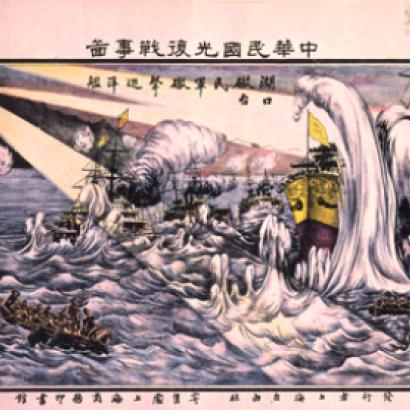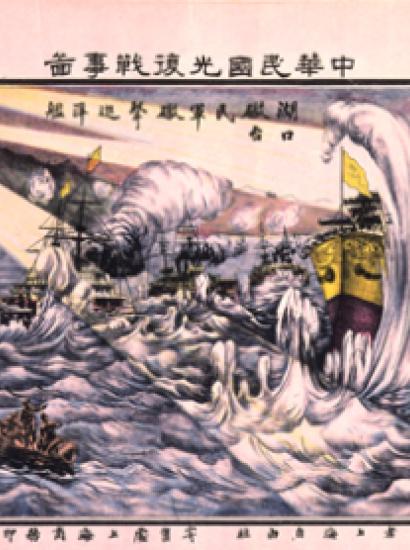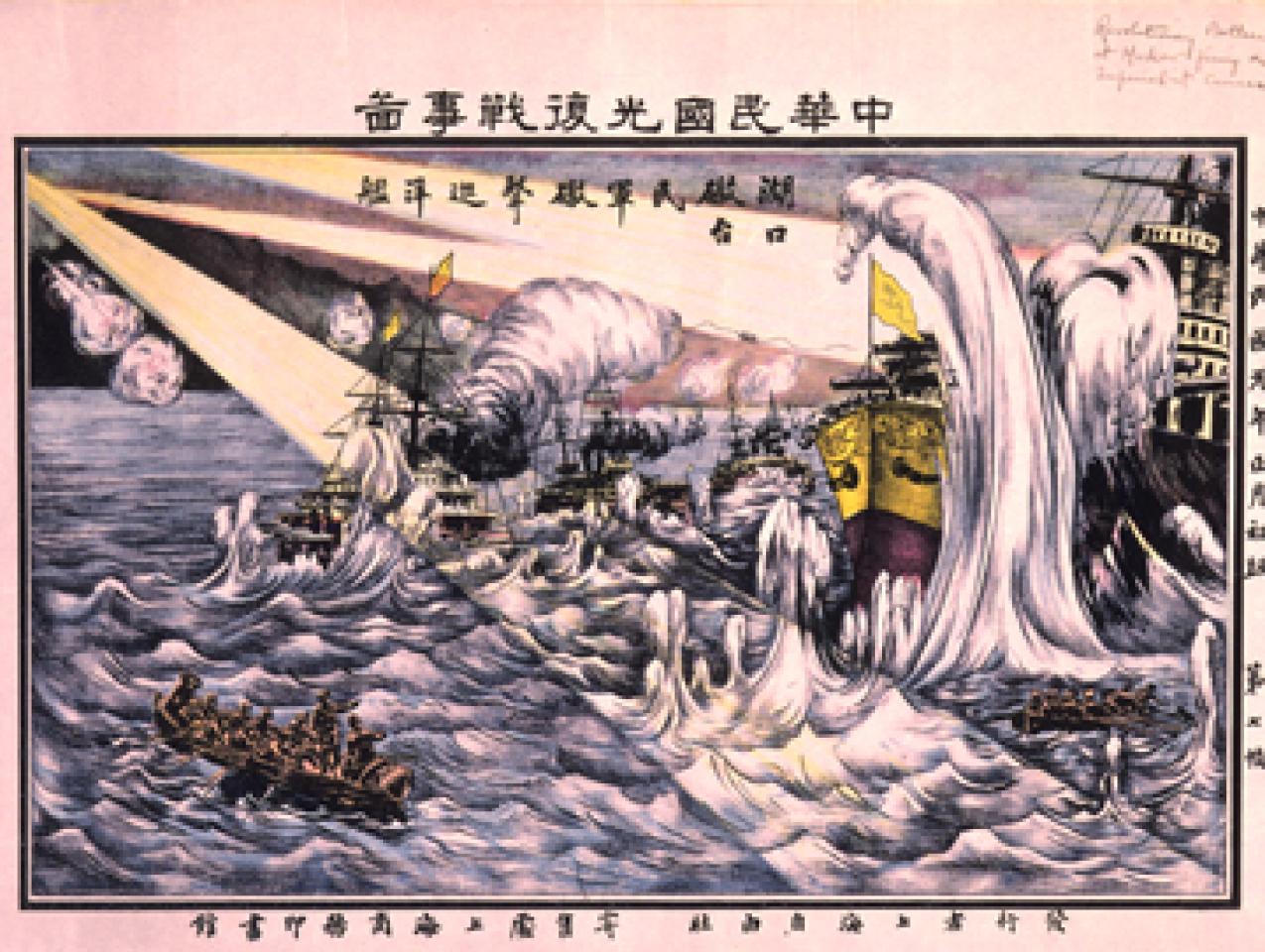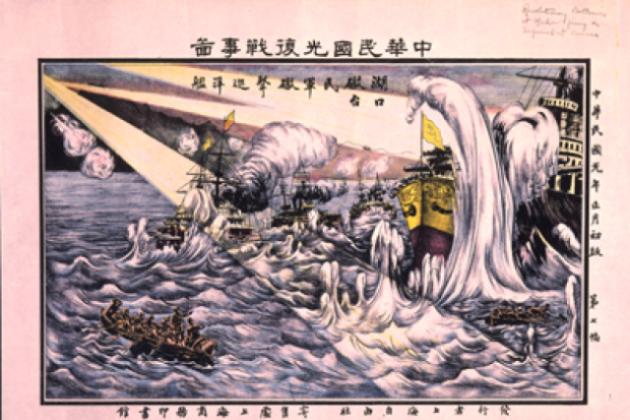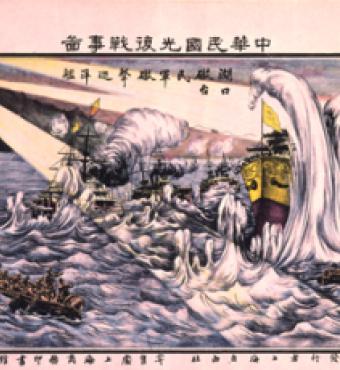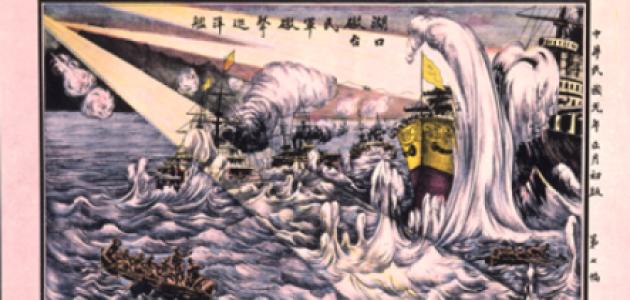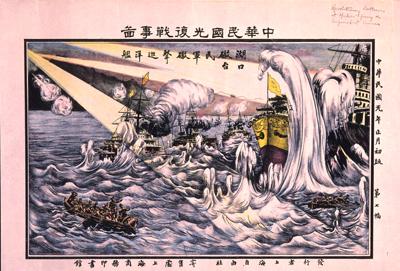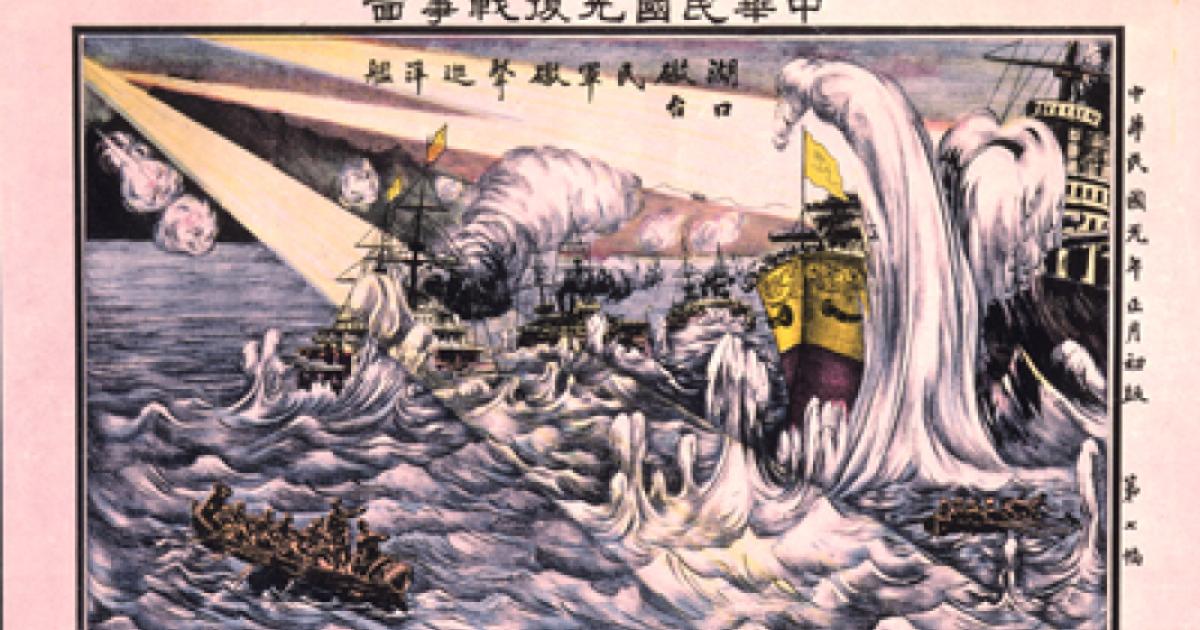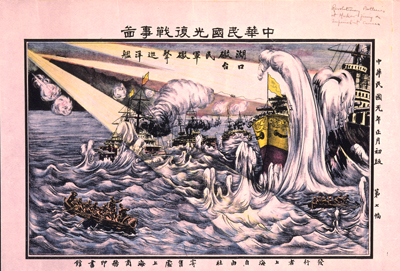
In the mid-1990s I had the good fortune of being present at a conversation with a very senior leader of the Peoples’ Liberation Army (PLA) when the question was posed as to when China wished to have an aircraft carrier in its Navy. The very elderly leader responded, without hesitation, that it was an ambition in the “short term.” When asked what he meant by the short term, he thought a moment and replied, “2050 would be good.” Why this anecdote? First, it drove home to me the much longer strategic outlook and temporal perspective in China, and in Asia more generally; and second, for the purpose of this essay, it reminds that challenges to strategic interests, while not seemingly immediate, are always in play—none more so than in Asia today.
We are captured by global events of the day, and they are not to be ignored, but our overriding strategic interest is in Asia. Alliances of great consequence are there, nuclear postures are changing there, the preponderance of global defense expenditures are there, current points of friction and conflict are there, increasing environmental stresses with global consequence are there; and, above all, our current and future prosperity are tied to the growing economies there. In all of these, China looms large regionally and, increasingly, globally. While there are points of noteworthy cooperation, we are and will continue competing with China. That is just the way it is between established and rising powers.
Our approach and presence in the Asia-Pacific region enabled the growth and prosperity there. We have, with our allies and like-minded partners, created a security environment that has served the region well. Our approach has been, and must continue to be, that no one country dominates Asia. That objective, our role, and our strategic interests are being challenged by China. It is apparent in the growth in capability and capacity of the PLA (especially naval and air forces) and in the way China is defining (or redefining) maritime and air boundaries. Strategic space is being re-shaped spatially by military capabilities and behaviorally by dubious maritime and airspace claims. The latter is particularly critical and points to a fundamental difference in our strategic competition with China.
The maritime domain is key in Asia. The vast preponderance of the flow of resources and trade take place on the sea. Critical straits in the Western Pacific define those flows. Vital fish stocks and potential energy sources are in Asian waters. Naval power is on the rise and it is not confined to China, but it is Chinese naval and air power that will compete with the U.S. There is immediacy in that competition and the strategic re-shaping that is taking place. The fundamental question is, will there be a transfer of sea power in the Pacific? It is not just about what China is doing, but more about what are we doing to maintain a dominant position at sea. The last transfer of sea power occurred between the United States and Great Britain. As with China today, the challenge was protracted, but in the case of the U.S. and Britain it was between countries of similar political values and commercial philosophies, and it was essentially seamless. Should we cede our maritime advantage in the Pacific it is likely to not be the same. Not only because of different approaches to freedom of navigation and maritime claims, but should a shift occur it is sure to shake our important relationships in the region.
Our rebalancing approach is right and can address our strategic concerns, but it must be substantive. It cannot only be pronouncements, sound bites, tweets, and what sounds good on the talk shows. It is about thoughtful concepts, close cooperation with and among our allies, and appropriate and efficient acquisition of relevant military, especially placing priority on naval and air capability and capacity. It must encompass economic and trade policy that values our allies and key partners in the region, and it is about credible and predictable presence in the region. It is also about engaging and cooperating with China when our interests align. All require awareness, attention to detail, hard decisions with respect to budget priorities and intellectual honesty when, as Churchill advised on strategy, “occasionally looking at the results.”
The time is now to get serious about our rebalancing strategy and what is really required to deliver on that strategy. There is a saying in the Navy that time and tide wait for no one. Such is the case in Asia. By the way, the PLA Navy’s first aircraft carrier was at sea in 2013—37 years ahead of plan.







